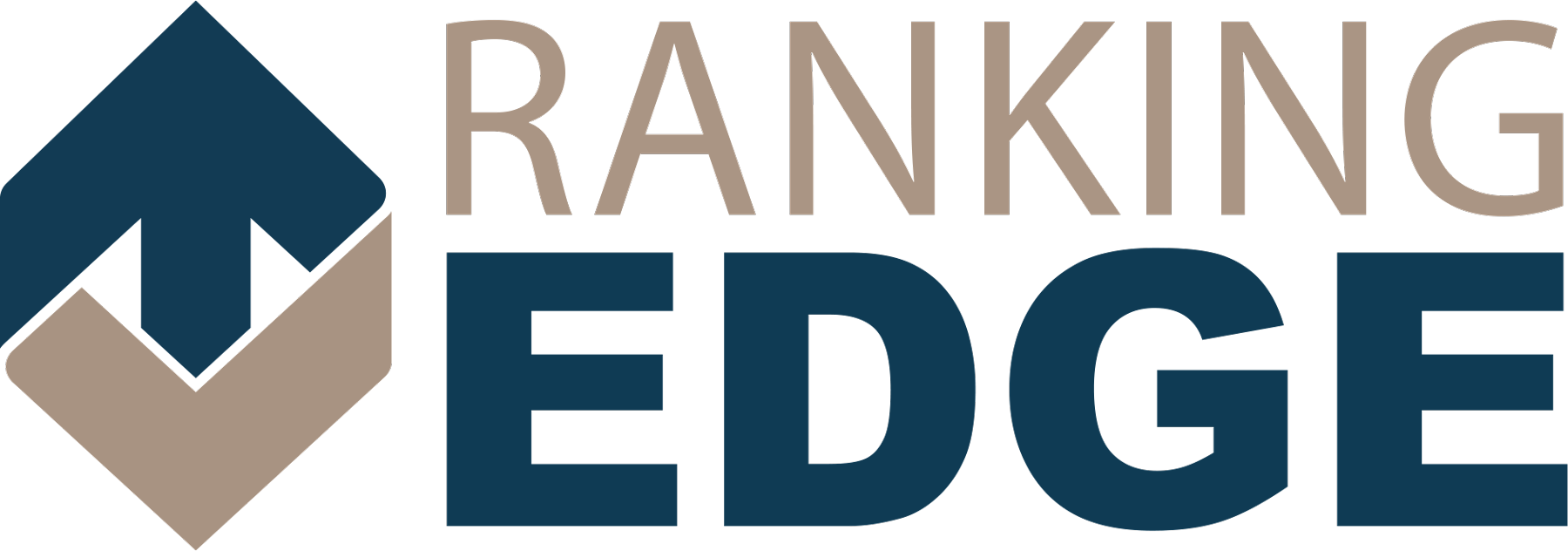When you’re marketing your company, does your corporate identity align with your messages?
Designing a strong corporate identity doesn’t just happen by accident. It’s not about creating a visually appealing logo or choosing brand colors or having a nifty tagline. Rather, your corporate identity design should first and foremost rely on a strategy instead of a visual design.
Your identity defines your brand. It shapes your audience’s perception of your company. And it should be prominent in all your communications. And that includes both online and print!
What Is a Corporate Identity?
Corporate identity can easily be confused with brand image, but it’s important to understand its unique purpose and role in creating a strong brand. It is the big picture of all your branding elements. This includes all your visual and sensory aspects of your company, from logos and color schemes to taglines and promotional material.
Or put another way, all the ways you project yourself to your audience defines your corporate identity.
Every corporate identity takes all of the following into consideration:
Vision
The vision you’d like to achieve with your identity is critical in guiding the decision-making process. A vision statement should be short, succinct, and specific about the goals you have for your company in the short and long terms.
The Mission for your Corporate identity
Similar but not identical to the vision, your company’s mission defines what drives your company to achieve your vision. A mission statement can talk about the problems you solve, how you inspire your buyers, company values that guide your decisions, and reasons why people should buy from you.
Characteristics
Every company has unique characteristics that define them. These traits should be what you want your customers to feel when they engage with or buy from you. For example, PETA has built their corporate identity on ethics. Disney is all about producing a magical experience. Apple’s main characteristic is innovation.
Think about the words and traits that best describe your brand and the perceptions you want your identity to shape.
Value Proposition
To complete your corporate identity, your image should also include the value you bring to your market. Knowing your brand position, what makes you unique, the audience segments you serve, and communicating why your business exists should factor into your value statement.
Promoting Your Corporate Identity Through Print
Print materials are major factors when establishing and promoting your corporate identity. Because it’s the combination of all visual and sensual elements, the way your audience is exposed to your identity matters.
It can be shared via billboards, signage, stationery, brochures, direct mail, product packaging and design, uniforms, vehicle graphics, magazines or trade publications, or other types of print collateral. Any time your content makes an impression on your audience, your identity is helping to shape their perceptions.
Maximizing those impressions is critical in helping you achieve your vision, mission, characteristics, and value. To get the biggest impact from your printed material, put the following tips to good use:
Create a Style Guide
Style guides provide documentation that shows how brand elements should be implemented. Having written specifications of the elements of your brand ensures that all printed material is designed consistently.
Style guides include things like fonts, logos, colors, taglines, tone, voice, and other ideas that need to be injected in your promotional material. This guide serves as the anchor that ensures all corporate identity impressions follow the same manner, tone, and feel to support the brand, as well as when and how to use them.
Consider the Big Picture
How do all of the smaller branding elements fit into the larger scheme of your corporate identity?
It’s easy to get lost in the details, especially when a good idea sparks. But all impressions you make should be connected back to the bigger picture of your identity. All elements of your communications, marketing, and branding should support your corporate image. Even minor inconsistencies can lead to a fragmented experience with your brand.
Understand How to Make the Right Impressions
Not all impressions are created equal. And not all brands will benefit from direct mail marketing. Not every company will see results from a billboard. But part of creating a cohesive image means knowing which outlets will move you closer to your goals.
Be Flexible and Able to Roll with the Changes
Your corporate identity isn’t always set in stone. Rather, consider it an evolving business asset that can change to help you tap into new markets, promote new values, and create new perceptions of your company. As branding elements change, your corporate identity may also need a little tweaking.



